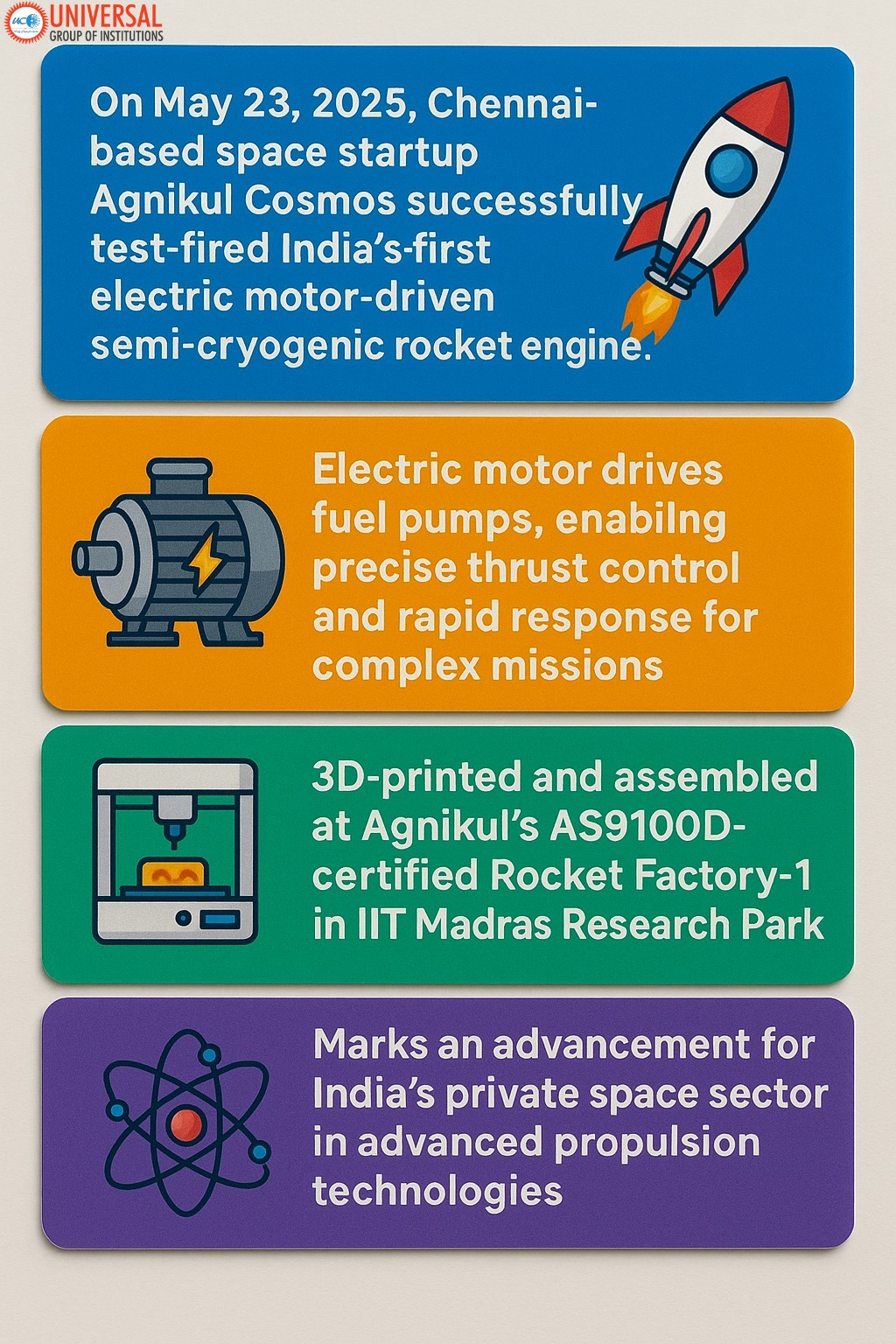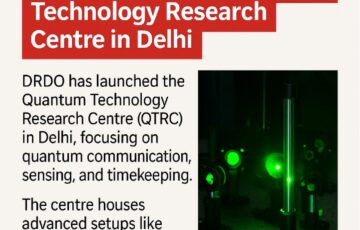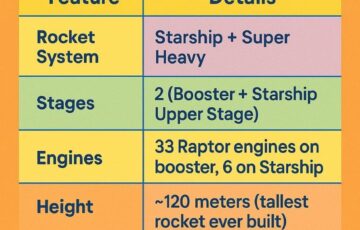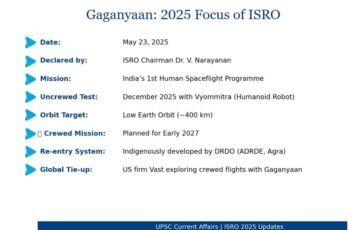Agnikul Cosmos’ Breakthrough: India’s First Electric Motor-Driven Semi-Cryogenic Engine
Agnikul Cosmos’ Breakthrough: India’s First Electric Motor-Driven Semi-Cryogenic Engine
On May 23, 2025, Chennai-based space tech startup Agnikul Cosmos achieved a groundbreaking milestone by successfully test-firing India’s first electric motor-driven semi-cryogenic engine. This landmark development highlights the growing role of private enterprises in advancing Indian space technology advancements and underlines the increasing diversification of the nation’s aerospace sector. The achievement marks a significant step forward in India’s cryogenic engine development journey, showcasing the country’s progress in mastering complex semi-cryogenic engine technology and paving the way for potential sub-orbital technology demonstrators.
Key Features of the Engine
1. Electric Motor-Driven Throttling
Agnikul’s innovative patented engine employs electric propulsion for rockets, using electric motors to drive the fuel pumps, replacing the conventional gas generators or turbopumps. This advanced rocket propulsion method offers precise thrust control by adjusting the speed of the electric motor. Such control is vital for executing complex flight trajectories with high accuracy and rapid response capabilities. The use of electric motors enhances reliability while reducing mechanical complexity in the electric motor-driven semi-cryogenic engine design. The incorporation of a high-speed motor controller further improves the engine’s performance and efficiency.
2. Semi-Cryogenic Propulsion Systems
The semi-cryogenic engine operates on semi-cryogenic propulsion systems, a type of liquid propellant rockets technology, utilizing liquid oxygen (LOX) as the oxidizer and refined kerosene as the fuel. This combination strikes a balance between performance and operational efficiency, making the technology ideal for satellite launch missions and potential sub-orbital technology demonstrators. The semi-cryogenic approach offers advantages such as lower fuel costs and easier handling compared to fully cryogenic engine applications. The system also incorporates advanced cryogenic fuel storage techniques to maintain the propellants at optimal temperatures, enabling efficient microgravity combustion processes.
3. 3D-Printed Components in Aerospace
Agnikul has integrated advanced manufacturing techniques, including extensive use of 3D-printed components in aerospace, into the construction of the engine. Many subsystems of the fuel pump and other critical components were 3D-printed and assembled at the company’s AS9100D-certified Agnikul Rocket Factory-1, located in the IIT Madras Research Park. This additive manufacturing in rocketry approach reduces production complexity, accelerates manufacturing timelines, and ensures cost efficiency—a crucial factor in the competitive satellite launch market. The result is a nearly single-piece engine, showcasing the potential of 3D printing in space industry applications. This single-piece engine design further enhances the reliability and performance of the semi-cryogenic propulsion system.
Implications for India’s Space Sector
The successful test-firing of this single-piece semi-cryogenic engine represents a significant leap forward for India’s private aerospace industry. Agnikul Cosmos has positioned itself as a leader in spacecraft propulsion systems innovation, reinforcing the role of startups in complementing the efforts of established organizations like ISRO.
The electric motor-driven semi-cryogenic engine is expected to power Agnikul’s upcoming Agnibaan orbital launch vehicle, one of the next-generation launch vehicles designed for low-cost space missions. Agnibaan, a configurable vehicle, is designed to cater to the increasing demand for affordable, customizable satellite launch services. This vehicle, equipped with advanced rocket propulsion methods and Ethernet-based avionics, aims to support small satellite deployments with flexible payload capacity—a rapidly growing market segment globally. The integration of cutting-edge autopilot software further enhances the vehicle’s capabilities and reliability, potentially enabling its use as a sub-orbital technology demonstrator.
Moreover, this achievement illustrates the potential for advanced technologies such as electric propulsion and additive manufacturing to revolutionize the aerospace sector. By leveraging these rocket propulsion innovations, Agnikul Cosmos is contributing to the modernization and diversification of India’s space capabilities, helping the nation compete on a global scale.
Strengthening India’s Space Ecosystem
The test of this semi-cryogenic engine also reflects a broader trend of private sector participation in India’s space endeavors. Government policies, such as the establishment of IN-SPACe (Indian National Space Promotion and Authorization Center), have created a supportive ecosystem for private players. This collaboration between startups and public institutions like IIT Madras exemplifies the synergy required to propel India into a new era of space exploration and innovation.
Agnikul’s success is not just a testament to indigenous technological prowess but also a harbinger of a more vibrant and competitive space sector. The company’s plans to conduct launches from a private launchpad at the Sriharikota range further underscore the growing capabilities of private space enterprises in India, including the potential development of sub-orbital technology demonstrators.
The development of this patented single-piece engine has also involved collaboration with the National Centre for Combustion Research and Development, highlighting the importance of academic and industry partnerships in advancing space technology. This cooperation has been crucial in addressing challenges related to propellant feed systems and pressure-fed engine designs, as well as exploring microgravity combustion phenomena.
Conclusion
Agnikul Cosmos’ electric motor-driven semi-cryogenic engine represents a transformative step in India’s space journey. By pioneering advanced aerospace propulsion systems and leveraging cutting-edge manufacturing techniques, the startup is shaping the future of affordable and efficient space exploration. The engine’s ability to perform controlled ascent flight, coupled with the establishment of a dedicated Mission Control Centre, positions Agnikul as a key player in India’s growing space industry.
As India’s private aerospace sector continues to evolve, such innovations in spacecraft propulsion systems will play a pivotal role in cementing the country’s position as a major player in the global space industry. The success of this semi-cryogenic engine not only advances India’s cryogenic engine development but also paves the way for more ambitious space missions, commercial satellite launches, and potential sub-orbital technology demonstrators in the future. The Agnibaan launch vehicle, powered by this innovative single-piece engine, is set to revolutionize the small satellite launch market, offering unprecedented flexibility and cost-effectiveness. With these advancements, India is well-positioned to become a leader in sub-orbital technology demonstrators and other cutting-edge space technologies, further solidifying its status in the global aerospace community.














